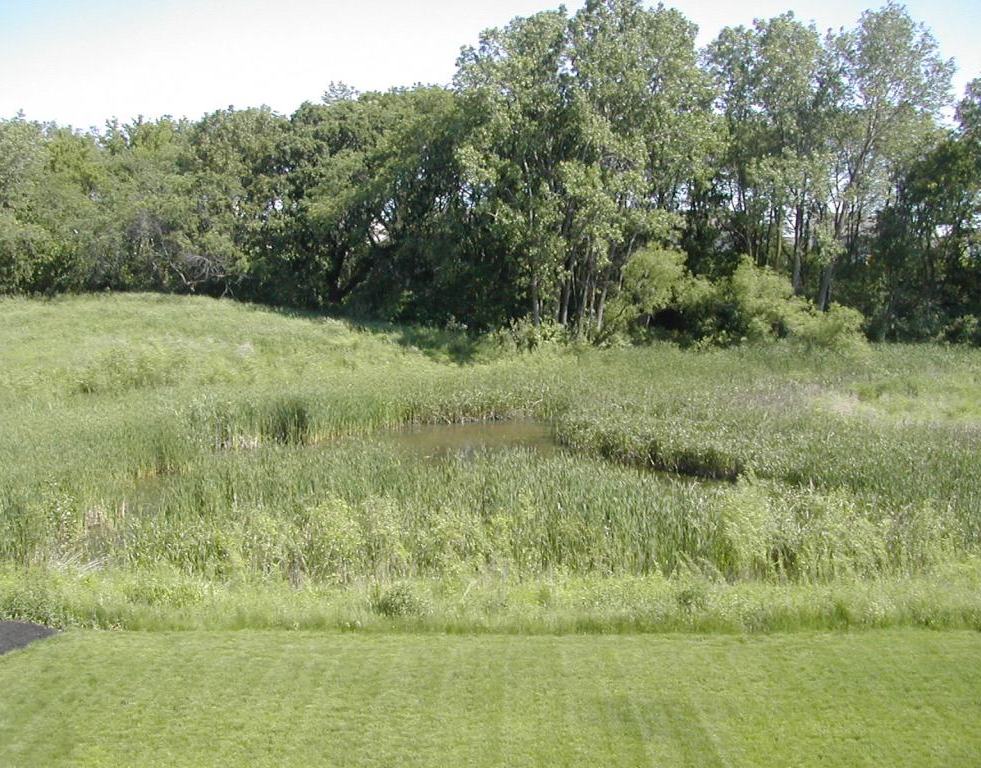Lot Purchase: Builder Tips Part III
0 Comments | Posted by armchairbuilder in Build Your Own Home, Owner-Builder
We’ve been talking lately about the lot purchase (a.k.a. land) for your future dream home. If you’ve been following along, you know there really is more to this buying decision than schools and view. So in order to help, we’ve been providing builder tips for reviewing properties prior to purchase. If you missed them, check out our previous articles, Lot Purchase Part I and Part II. Our goal is to help you avoid some of the pitfalls that can occur, while at the same time, making sure the site fits your plans, budget, and dreams. In this third post we want to cover an item that is frequently overlooked, even by builders.
Bodies of Water
When evaluating different properties for your lot purchase, you want to carefully consider the details of any nearby bodies of water. This would include rivers, creeks, ponds, lakes,…etc. If one of these is adjacent to your new home site, you will want to determine the average normal and high water levels. If the lot is in a subdivision, most of the overall engineering plans will tell you what these numbers are. Basically, the normal water level is the average surface elevation for the year. The high water level is what can be expected during rainy season and after spring thaws.
Why are the water levels important for your lot purchase? We want to design the home and lot grading to make sure the water in that pond or creek does not encroach on your property or home. If you choose to build a home with a basement, you will want to make sure the basement floor level is above the normal water level (and sometimes high water level, depending on the proximity and soil type). This will help keep the basement dry during rainy periods. Your civil engineer can help you determine the safe elevation for the home and adjacent grading. He/she will design the engineered plot plan to help prevent basement and yard flooding.
But why does it matter if the water is in a pond or creek? How can this affect my home way over there? Believe it or not, it’s possible for the water to make it’s way through the ground to your new home. The soil below the surface is made up of different materials. You would be surprised at how many different types of dirt or soil you will see when excavating for a basement. On a typical dig, we have seen sand, clay, and rock all in the same area. These different materials can create pathways for the water to migrate from nearby bodies of water to your home.
Worst Case Scenario
In the worst case scenario, your home could be built so the basement elevation is below the normal water level of the pond or creek next door. Let’s also suppose that the ground between your home and the pond allows the water to migrate. This leaves you with a sump pump that runs continuously, pumping the pond water that is constantly saturating the area around your home’s foundation.
So for your lot purchase, don’t forget to investigate the bodies of water nearby. They can be beautiful…or extremely damaging depending on the situation. If you are interested in purchasing the land for your dream home, check out our new Lot Purchase Guide. It provides all of the important checks that professional builders use prior to buying lots and land.
Michael Luckado has built, remodeled and repaired thousands of homes across the U.S. He co-founded ArmchairBuilder.com to help you save money and hassles on your building projects.


